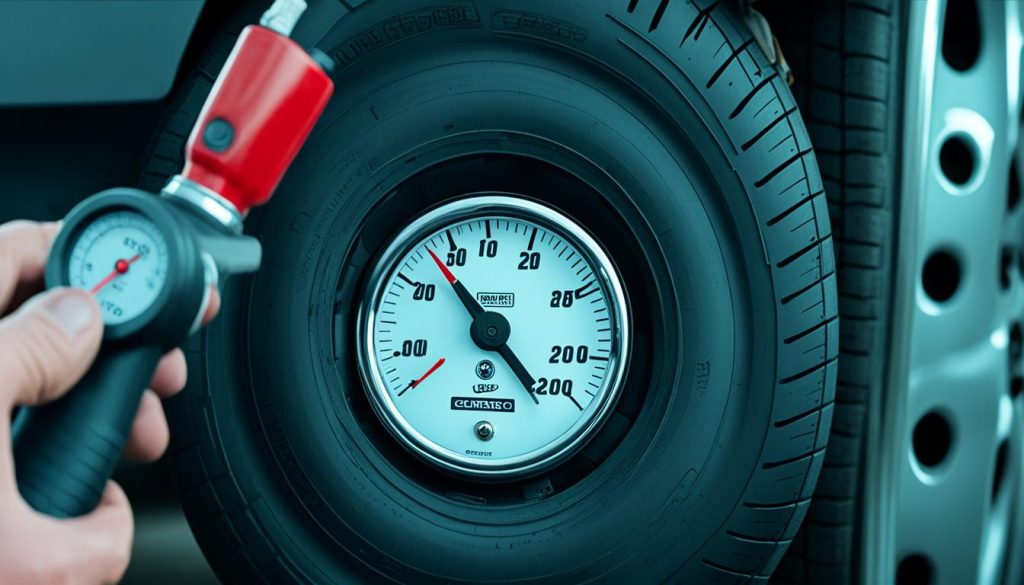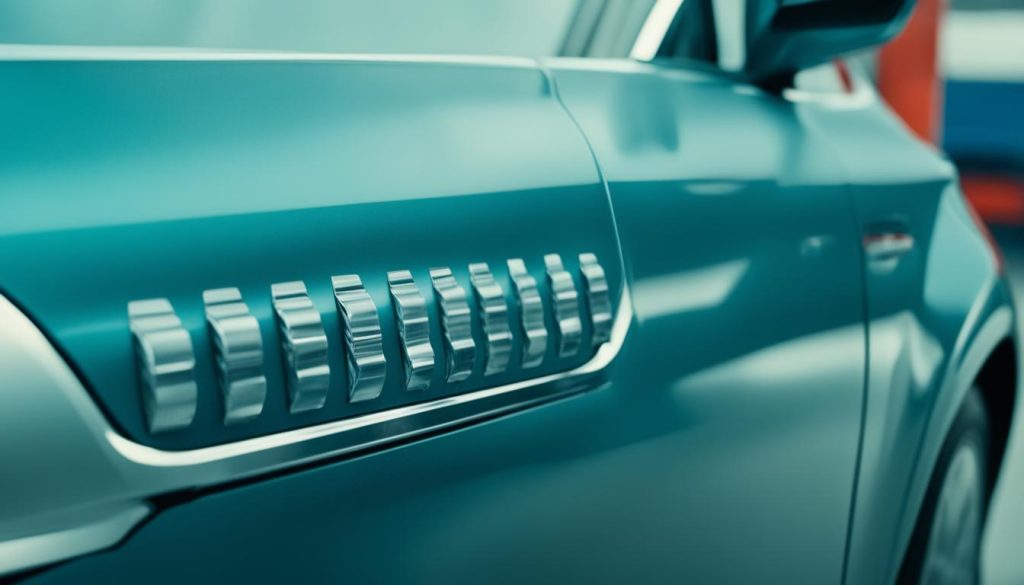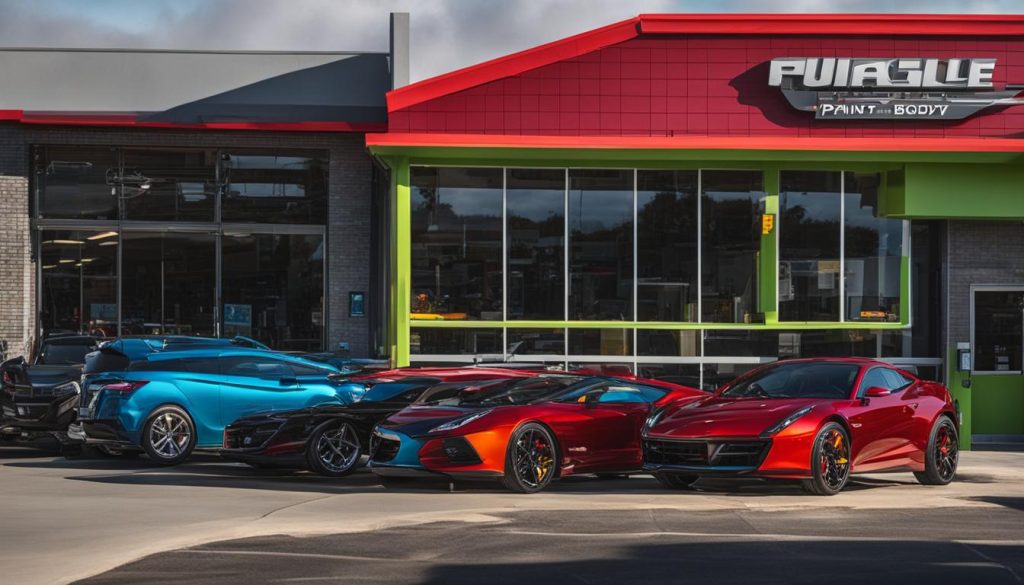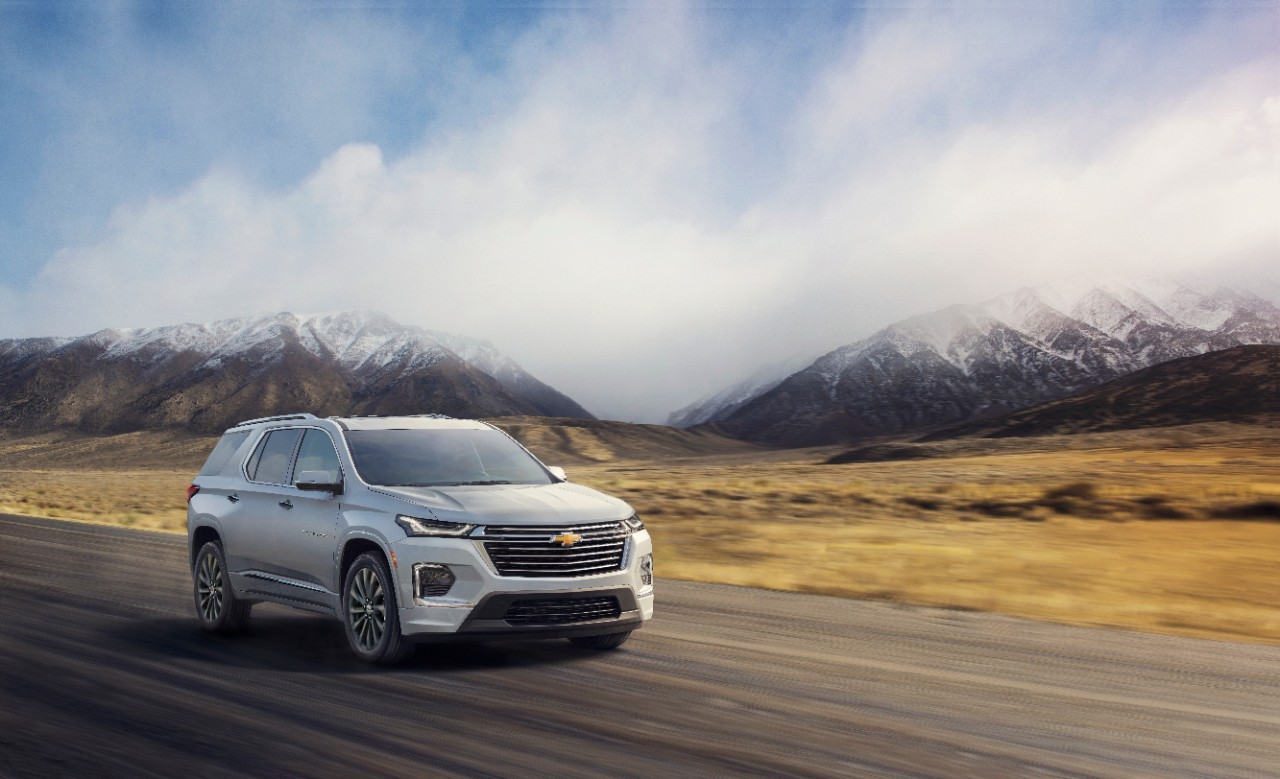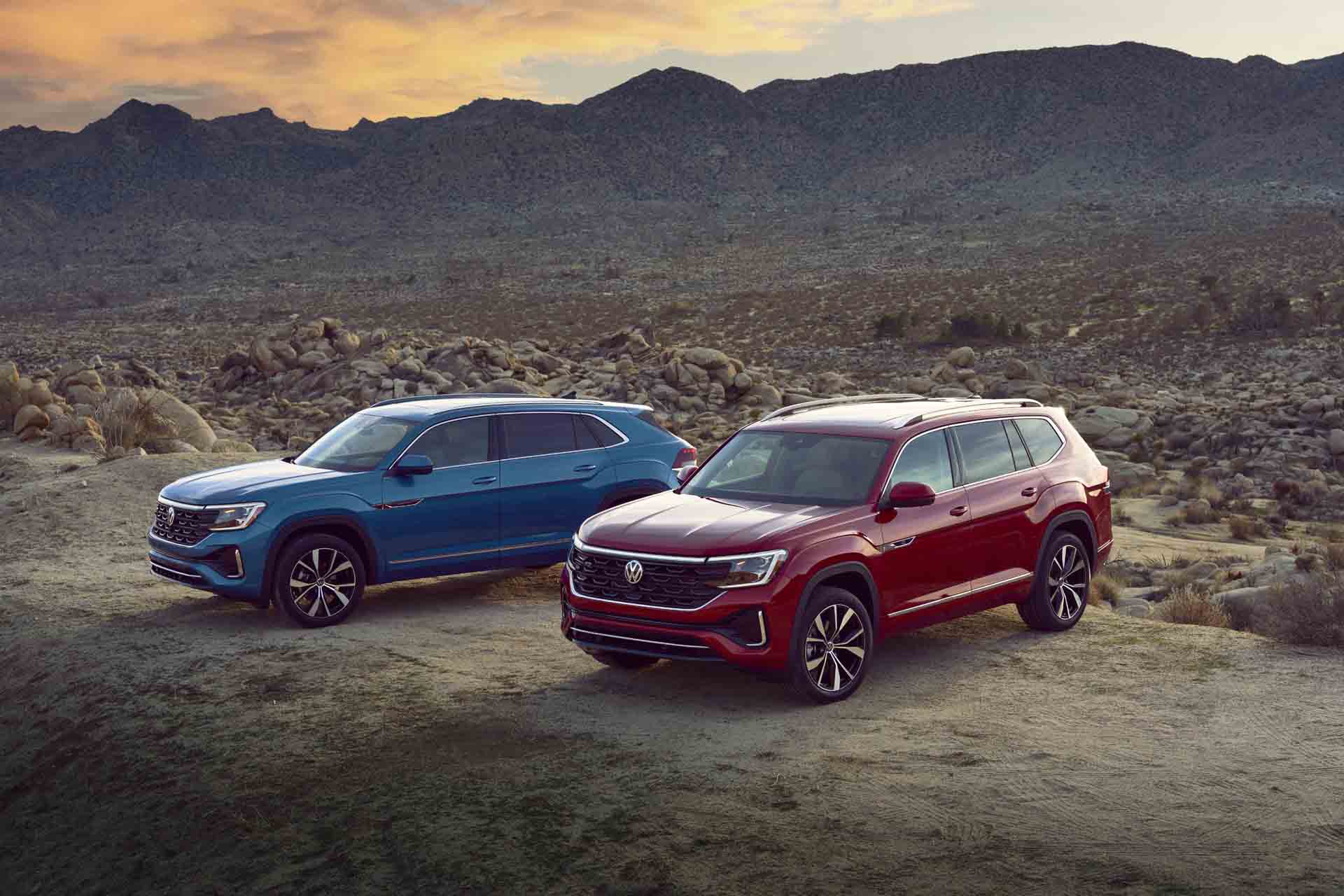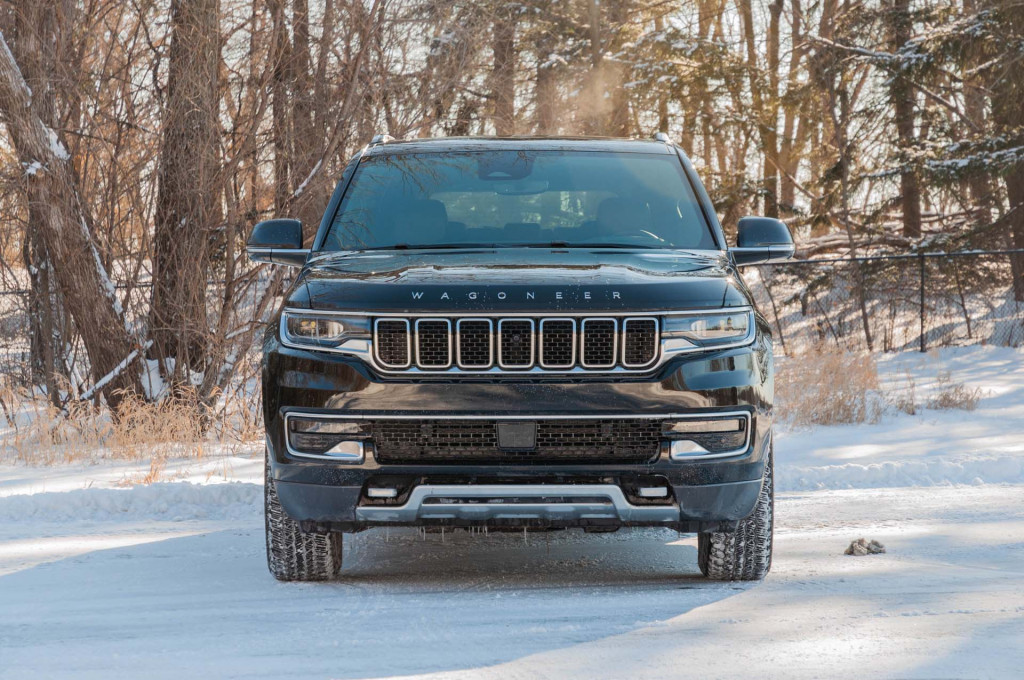The mid-size crossover SUV does not protect rear passengers as well as front occupants in crashes, according to the latest crash-test results from the Insurance Institute for Highway Safety (IIHS) released Tuesday.
Only four of the 13 mid-size and three-row crossover SUVs tested by the IIHS earned top “Good” results in the updated test. Those vehicles were the Ford Explorer, Ford Mustang Mach-E, Subaru Ascent, and Tesla Model Y.
The Chevy Traverse, Toyota Highlander, and Volkswagen Atlas earned “Marginal” ratings on the moderate front overlap test that simulates a head-on collision of two vehicles of similar weight traveling at just under 40 mph.
The Honda Pilot, Hyundai Palisade, Jeep Grand Cherokee, Jeep Wrangler four-door, Mazda CX-9, and Nissan Murano scored “Poor” ratings.
The update to the IIHS’ oldest test, first launched in 1995, was introduced last year to extend passenger protection to rear occupants. The new test uses a dummy sized like a small woman or 12-year-old child positioned in the seat behind the driver, where protection has lagged recently.
“All these vehicles provide excellent protection for the driver,” IIHS President David Harkey said in a statement. “But only a handful
extend that level of safety to the back seat.”

2022 Tesla Model Y, IIHS front overlap test results
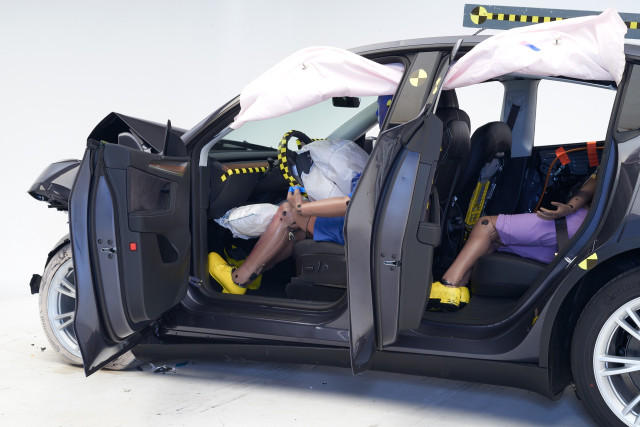
2022 Tesla Model Y, IIHS front overlap test results
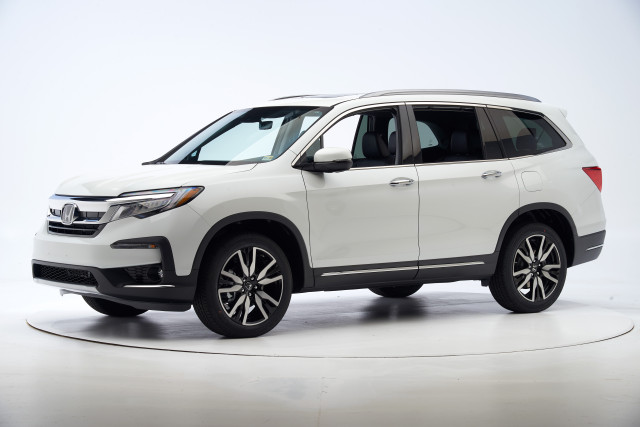
2022 Honda Pilot, IIHS front overlap test

2022 Honda Pilot, IIHS front overlap test
Historically, rear-seat occupants were cushioned from front crashes by the front seats and the front crumple zone. Since model year 2007 onward, however, the IIHS found that fatal injury is 46% higher for belted occupants in the rear seat than those in the front seat.
The rear seat hasn’t become any less unsafe, but safety advances to front seat occupants has grown due to airbags, restraint technologies, and other areas of focus that the IIHS wants to see applied to the rear seats.
“Zeroing in on weaknesses in rear seat safety is an opportunity to make big gains in a short time, since solutions that are already proven to work in the front can successfully be adapted for the rear,” IIHS Senior Research Engineer Marcy Edwards said in a statement.
In recent years, car cabins have incorporated more rigid crumple zones so there is less deformation from a front crash in the passenger cabin.
The updated test was introduced last year and first applied to the most popular vehicle segment of compact crossovers. Most small crossovers—nine out of 15 tested—failed to protect rear passengers.
The front-overlap test remains the same, but the additional dummy gets tested for excessive risk of injury to the head, neck, chest, abdomen, or thigh. Chest injuries were a particular focus since they are the most common serious injury in the rear seat for adults. It also tests to see if the body “submarines” beneath the lap belt.
The top-rated mid-size SUVs had rear seat belts that remained in place on the pelvis, the side curtain airbag performed properly, and there was no “excessive force on the dummy’s chest.” There was a slight risk of head injury in all but the Ford Mustang Mach-E.
In vehicles with a “Poor” rating, the IIHS found a high risk of head or neck injuries to rear passengers.

IIHS front overlap test results, mid-size SUVs
The IIHS updates its tests as more automakers attain “Good” ratings. Last year, the IIHS instituted a tougher side-impact test to reflect the faster speeds and heavier, taller vehicles proliferating on modern roadways. Because of the IIHS updates, their coveted Top Safety Pick awards carry more weight than the outdated five-star NCAP tests performed by the NHTSA. Headlight testing and automatic emergency braking have been other areas of focus on TSP criteria because most fatal crashes happen at night, as do most pedestrian crashes.
The IIHS toughened 2023 Top Safety Pick criteria again, partly due to automakers meeting more rigid safety standards in prior years. Yet traffic fatalities hit a 20-year high in the first half of 2022, driven by sharp increases in pedestrian deaths.
Less than half of 2022 TSP winners have qualified for 2023 TSP awards, of the vehicles tested so far this year. Many vehicles that qualify for a TSP in one year might not in a subsequent year because of the production cadence. For instance, the 2022 Honda Pilot was tested by the IIHS, not the redesigned 2023 Honda Pilot, which may have different results.
The new front overlap test is not part of the TSP criteria, yet. Typically, the IIHS introduces an updated test and gives automakers a year or two to address the changes before including it in TSP criteria.
#family #SUVs #fail #protect #rear #passengers #crash





